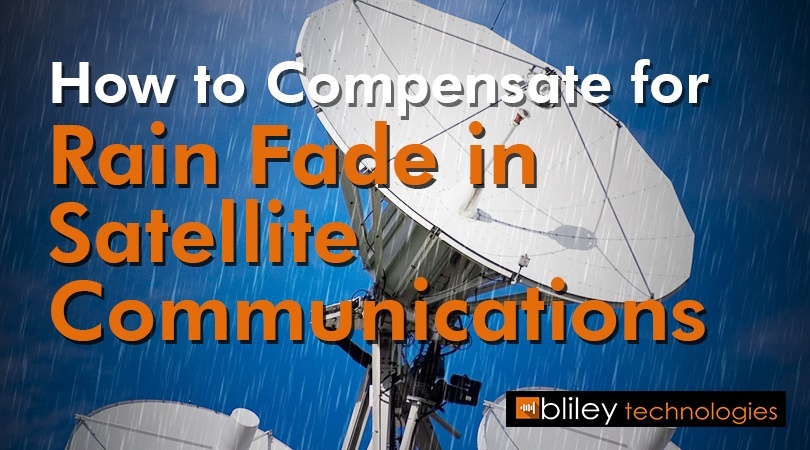Spectrum bandwidth is the gift that keeps on giving... In the near future the FCC will make a lot of $$ out of... nothing. And in 10 years when 5G is gone the way of MySpace and AOL, they can sell it again for $$$ and in 20 years again for $$$$, etc. And it's not like it requires repairs and maintenance... In other word it's pretty much free money for the budget. Very tempting, don't you think?
Now on a more technical topic... We all know that Ku is more subject to rain fade than C-Band, we all see it. Yet many parts of the world don't use C-Band at all for their program distribution. I remember when in the 80's, many European countries started adding private TV channels (such as Sat1, 3Sat in Germany, La 5 and M6 in France, etc. ), the distribution to cable headends and to OTA transmitters was done via satellite in Ku band, and I don't remember seeing outages due to rain fade ever. Ok an analog signal was probably a lot more resilient than an 8psk signal, and the rains in France and Germany are not as crazy as in tropical areas, but still, I think Ku band can be used in better ways that it currently is. Signal resilience is possible but it has a cost... You might notice that it doesn't take much rain to lose PBS on 125W but you still get a good reception of KBS on 123W or CGTN on 95W. Modulation and FEC are everything. But the cost is the bandwidth, which bring me to the next topic...
For starter, most of the world has 2 GHz of Ku bandwidth. Here we use 500 MHz for BSS ("Standard" 11.7-12.2 GHz)and reserve 500 MHz for DBS services. Take a spectrum analyzer and scan the skies with an old Dish LNBF and you'll find mostly radio silence. An entire 500 MHz is wasted for 2 companies that operate about 10 orbital slots. Why can't we use the other slots as an extension of the BSS spectrum?
Also, what are we doing with the lower band Ku spectrum? Maybe it's reserved for other services, but yet we receive a few satellites there, including in the Americas region (63W, 65W, 78W, 129W) and if i'm not mistaken we even have a North-American satellite blasting a strong signal there (Anik G1@ 107W). If it's ok for Anik G1 to use that band, why not make it available to other operators in other orbital slots?


